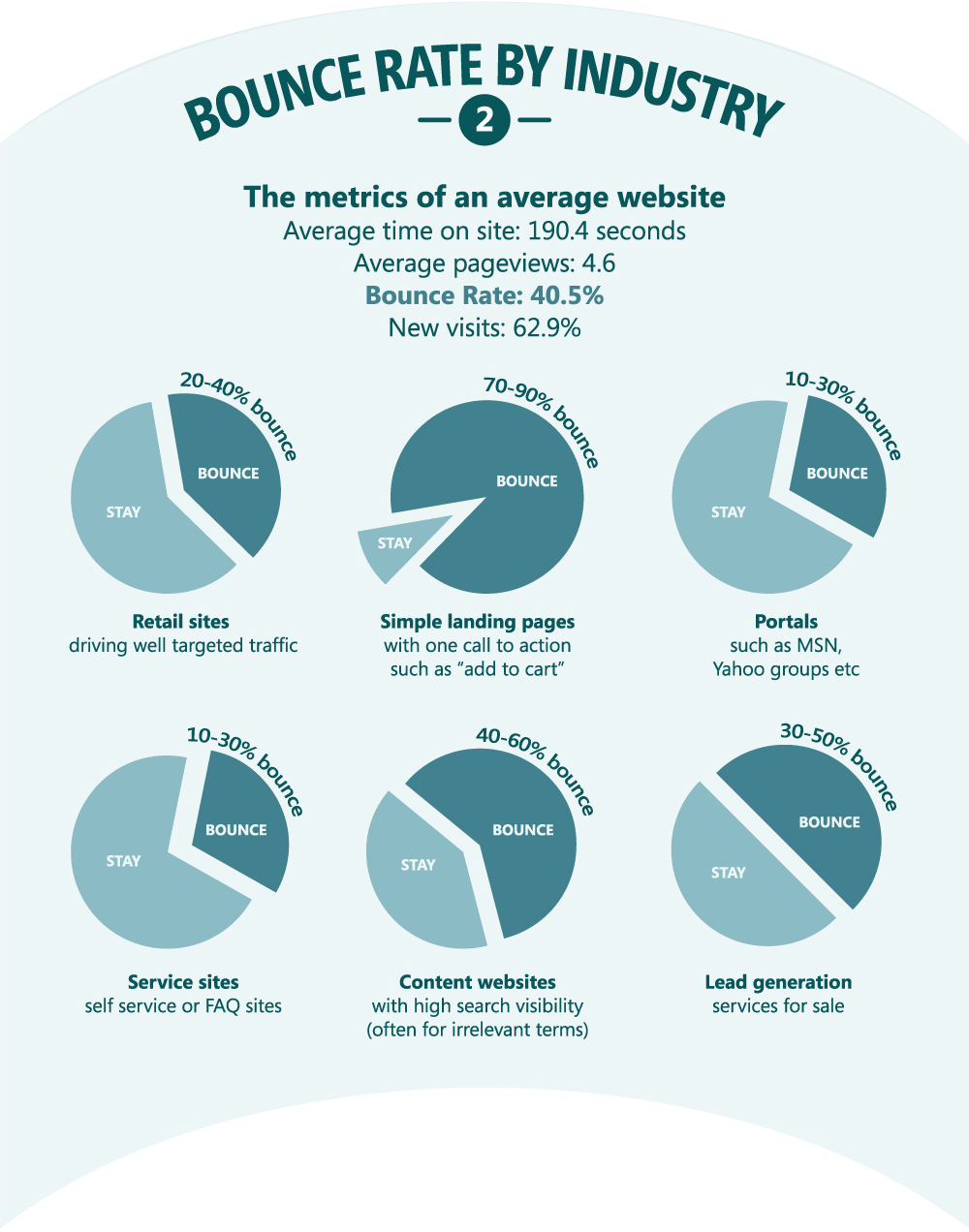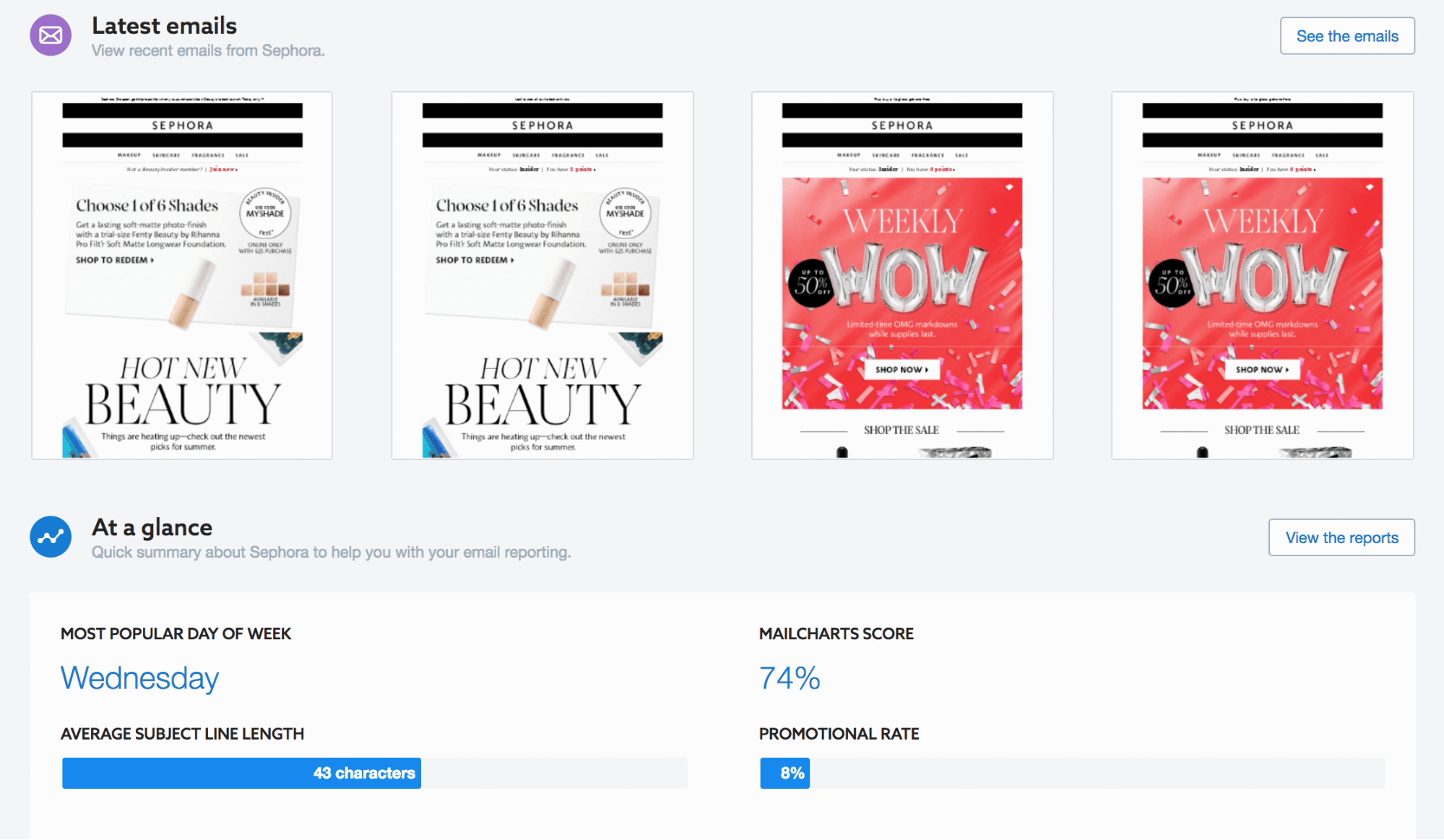You are all excited and feeling pumped up about your new eCommerce website. While you are impatiently waiting for your business to pick up as the memories of all the sweat and blood you employed in the last couple of months is still afresh. No stone was left unturned in setting up the entire website, right from writing the copy yourself to deciding the suitable brand color pallet you want to have on your individual product description pages. You seem to be content with the job done and are now eagerly waiting for the orders to start pouring in. And you tell yourself “Wait! Something is wrong”.
After observing your competitors website you realize that they seem to be doing good and are dunking in orders regularly but for some reason this is not true for your website. You get puzzled and dig a little deeper and realize the task of meeting your goals is only way half done.
Although you may have glanced through your competitor’s website many times to do eCommerce competitor analysis but you may have easily overlooked a lot of key matrices critical in identifying their key strengths and opportunities to gain over your competition.
Alexa’s competition Analysis Tool, SimilarWeb and Buzzsumo can easily identify similar websites which can be considered as a part of your eCommerce competitor analysis. To begin with you may consider around 5 to 7 competitors for this exercise.

We are going to outline few strategic steps involved in completing the eCommerce competitor analysis exercise. Which will enable you to realize your standing among your competition.
Understand Competitor’s Metrics
Firstly, you will have to check the ranking of your competition. Your competitions are more likely to be placed higher in the ranking order because you are a new entrant. There are many factors which can contribute to a site’s better performance. There are only few key factors which you have to keep in mind to initiate the optimization process.
I. Keyword Research
One of the key contributors in a site’s performance is the keyword matrix. You will have to find out your competition’s keyword matrix, the words for which it is ranked highly and attracts the most number of visitors. This means, you may also do your own keyword research which will help you in finding out the keywords which you are ranked highly. You should also research to reveal the low difficulty keywords which can be used to leverage your position. In addition to the keywords you must also focus on the Keyword clusters which your competitors are targeting. This will give you a bigger picture of their keyword strategy.
II. Backlinks and Referral Links
The second determinant which contributes to a site’s popularity is the number of backlinks and referral links they command. You would like to compare your own set of backlinks with the competitions’ and do a quantitative (number of such links) and a qualitative (number of authority site links, higher the better) analysis.
III. Volume of traffic
The third key matrix is identifying the volume of the website traffic. You can easily calculate this figure if you know the percentage of organic visitors and the Monthly Unique Visitors (MUV). The formula to calculate the volume (V) is V = % of organic visitors X MUV.
IV. Engagement
During your analysis you will notice that the sites having high volume of website traffic also have a high engagement which is characterized by low bounce rates and specific keyword targeting. You may even realize that the bounce rates of all the websites fall within the industry standard figure.
Apart from this other factors like site speed and the usage of non branded keywords can be considered while comparing the on-site metrics of competitors.

The bounce rate is one of major indicators which you should always keep in your mind while doing an eCommerce competitor analysis.
V. Social presence
You can examine the performance of various social media channels they have employed to increase their brand’s visibility, reach and engagement. The number of likes, shares and comments can pretty much sum up their efforts when it comes to leveraging social media.
Understand Competition’s Strategy
Once you have the aforementioned facts and figures through eCommerce competitor analysis you will be able to tell your competition’s strategy. The search traffic is mainly attributed to paid and organic keywords. These keywords can be characterized according to their performances as well as the keyword clusters. The keywords clusters can again be ranked according to their performance.
The social media content mix will tell you competition’s focus areas and their ongoing campaigns will indicate towards their key strength areas which they wish to highlight aggressively. You can start subscribing their newsletters, emailers and blogs to see what and how they are talking to their audience. Mailcharts is a tool which can track the email campaigns by your competition and send your reports about them. You can actually become their customer by buying some of their products and try to understand their customer experience, you may even try abandoning the product at the cart stage and understand their tactics to bring back such customers to the website.

Takeaways
The efforts to understand your competition’s strategy is an ever evolving process. It should not be treated as one time initiative. You can learn a lot about your industry related trends and patterns by simply studying their content calendar. Having said this, one should also be equally diligent enough to follow up with implementation of various strategies. Otherwise your whole effort will go down the drain for no reason.
Humans are prone to draw conclusions which is be based on assumptions and notions. As a practice you should approach every conclusion on its face value. Avoid comparing results with your own past experiences. It is very important to understand that one must see all these conclusions in their own different time periods. You may not reach your desired objective within a month just because now you have years worth of insights. A lot of your competitor’s strategy has been in place for a while and has born fruits over a period of time. This doesn’t mean that you have to reinvent the wheel. You can easily automate a lot of objectives using the above mentioned tools.
Please feel free to mention key matrices in the comments section if you they are not covered above.







